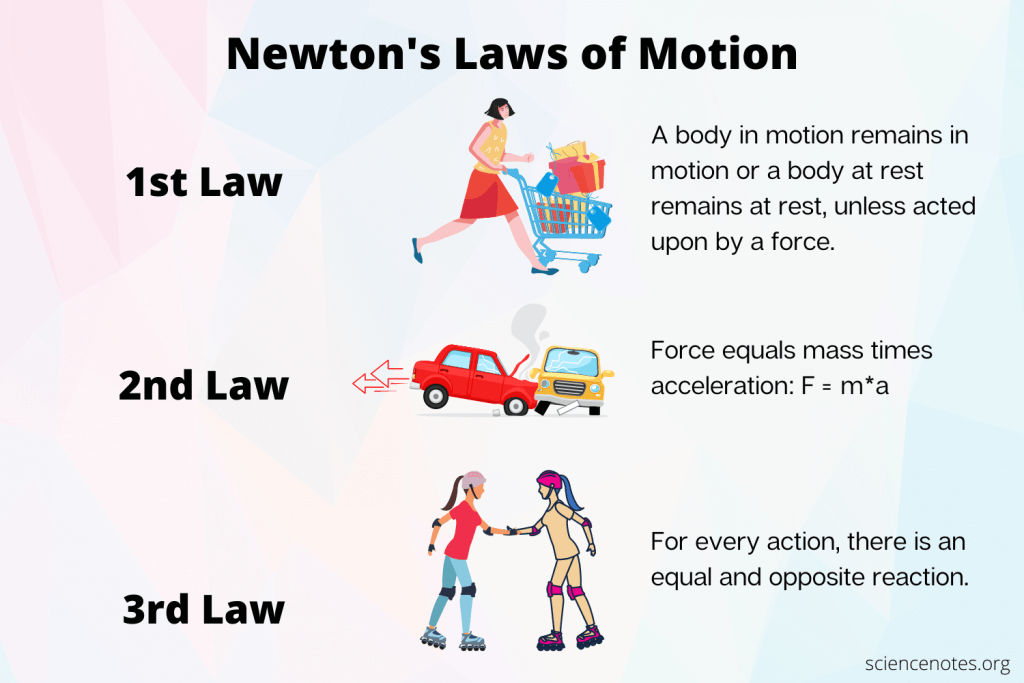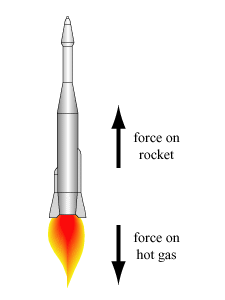Newton's 3 Laws of Motion Explained
Sir Isaac Newton is not only known for inventing calculus and writing Principia, but he is also the one who formulated universal laws of motion and gravitation
By Barbod Zolanvari
In this article, we study three fundamental laws of Newton in the field of motion. Newtonian mechanics does not apply in all cases. If the speed of the interacting bodies is very high – a fraction of the speed of light – Einstein’s theory of special relativity should be used instead of Newtonian mechanics, which is true for any speed, including speeds close to the speed of light.
If the interacting objects are on the scale of the atomic structure (for example, electrons inside the atom), Newtonian mechanics should be replaced by quantum mechanics. Today, physicists view Newtonian mechanics as a special case of these two more comprehensive theories.
Newton’s Laws
Newtonian mechanics is used for the wide range of motion of objects from very small sizes (almost on the scale of atomic structure) to astronomical sizes (galactic remnants and galaxy clusters).
Newton’s 1st Law
If we pass or kick a soccer ball on a grass pitch, it actually slows down and then stops. If we want to move it at a constant speed, we have to continuously pull or push it.
Now we can consider more slippery and longer surfaces on which the ball can slide for a greater distance. A very slippery and long surface (which is called a frictionless surface) can be imagined in which the speed of the ball will hardly decrease on it.
From these observations, we can conclude that an object moves at a constant speed if no force is applied to it. This result leads us to the first of Newton’s three laws of motion:
If no net force is applied to an object, the velocity of the object cannot change, that is, the object cannot accelerate.
An object may be affected by several forces, but if their net force (resultant force) is zero, the object has no acceleration. Therefore, if we accidentally find that the speed of a body is constant, we can immediately decipher that the force applied to it is zero.
Newton’s 2nd Law
The force applied to an object is equal to the product of the object’s mass and its acceleration.
This proposition can be presented in the following formula:
According to this equation, if you increase either the mass or acceleration of an object, you increase its force. Therefore, force is directly proportional to mass and acceleration.
Newton’s 3rd Law
When two bodies pull or push each other — that is, when one body exerts a force on another body — it is said that the two bodies interact.
Take a look at the rocket ship above. The jet propulsion of the rocket applies force against the ground it launches from, and the ground ‘reciprocates’ that force to push the rocket up into space. This is a perfect example of the idea that when two objects interact, the forces applied to each of them from the other object are always equal in magnitude and opposite in direction. This idea is the epitome of Newton’s 3rd law.
Thanks for reading! Hope you learned something new or reviewed some of the most fundamental yet crucial laws in physics today ♥️





